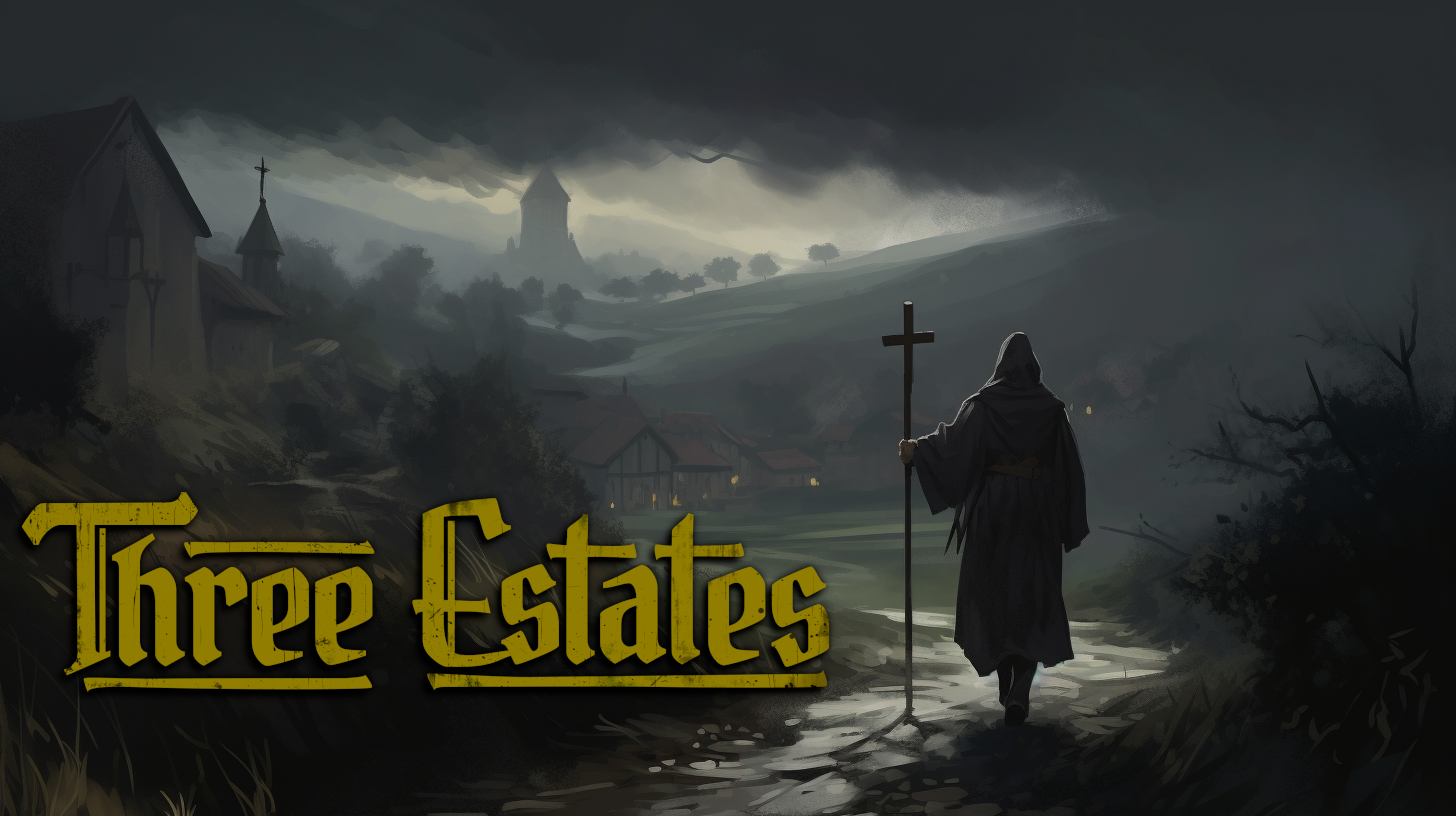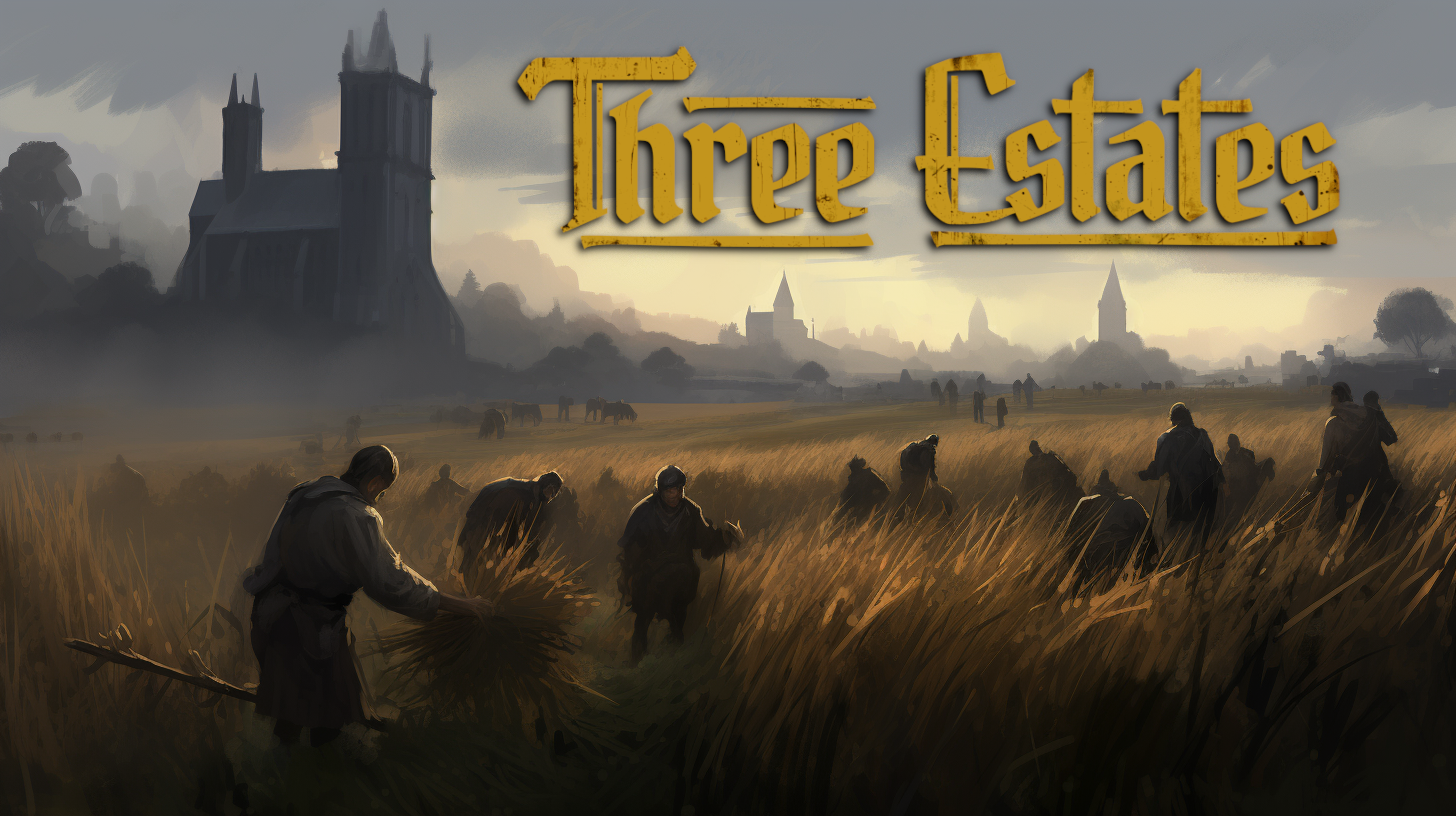Story
In the aftermath of the King's suspicious demise, the once-unified kingdom has spiraled into a vicious power struggle for the throne. The resulting chaos and political turmoil have been turbulent, yet they've presented unprecedented opportunities for ambitious nobles, such as yourself. Seizing this chance, you pledge fealty to one of the several contenders vying for the crown, swiftly securing an enfeoffment to a modest province in the borderlands. Your journey commences, accompanied by a single directive: to unite the three estates under the banner of your new liege, the self-proclaimed 'rightful' heir.
Upon arrival at your new fiefdom, the stark reality of your gambit becomes evident: your feudal obligations will be significantly more demanding than anticipated. The estates have crumbled into disarray, with only a scant few acknowledging your authority. To compound matters, a rival vassal emerges, unexpectedly granted the same fief and tasked with a parallel mandate by an audacious 'imposter.'

 ×18
×18 ×6
×6 ×6
×6 ×8
×8 ×6
×6 ×6
×6 ×6
×6